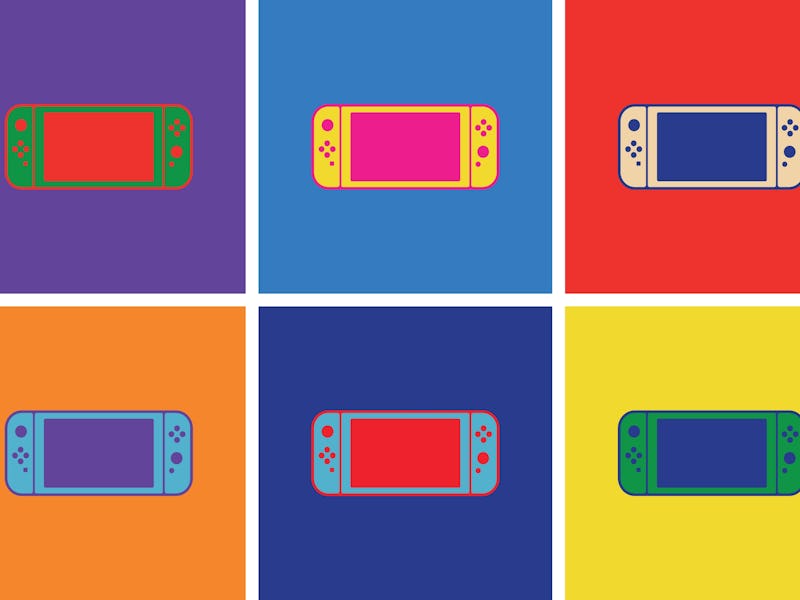Nintendo can't ignore the most important trend in gaming anymore
The family-friendly brand needs to get on board with accessible gaming.

CES 2023 is in full swing, and companies are showing off their vision for the future through technology. In the world of gaming, the biggest announcement out of the event was Sony’s Project Leonardo, an accessible game controller for the PlayStation 5. This announcement follows a trend of accessibility in gaming gaining more attention, with companies putting more work into making hardware and games themselves more accessible for all. But there is still one glaring absence in the space — Nintendo.
The idea of an accessible controller is not new. Xbox released its Adaptive Controller back in 2018, in an ongoing push from Microsoft to enable more people to enjoy games.
Nintendo is the only console manufacturer without a dedicated accessible controller.
Xbox has been a big part of making accessible gaming a topic of discussion in the industry and continues to provide resources for players and developers. In a June 2022 interview with Inverse, Xbox Director of Accessibility Anita Mortaloni described the importance of accessibility initiatives, noting that “play is a fundamental human need.”
While Project Leonardo is the first accessible hardware from Sony, the company has been at the front of developing groundbreaking accessibility features in its software. In 2022, the Last of Us Part I and God of Wår Ragnarok raised the standard for gameplay customization.
With both Sony and Xbox making active investments in the accessibility space, Nintendo’s lack of options for players has become more glaring. With Project Leonardo on the way from Sony (although only compatible with PS5) Nintendo is the only console manufacturer without a dedicated accessibility controller, which is an odd look for a company that brands itself as family-friendly and approachable.
When the Nintendo Switch launched in 2017, the console had little in the way of accessibility features. This changed slowly over time, with the biggest improvements coming in system update 10.0.0 which allowed players to customize button layouts, helping disabled players to make the Joy-Con controllers work for them. But that was back in early 2020, and since that time Nintendo has had limited improvements in the area of accessibility.
Nintendo has fallen behind in providing important accessibility features to gamers.
In a December 2021 interview with Nintendo Life, AbleGamers Director of Development Steven Spohn brought attention to Nintendo’s lack of investment in accessibility, “The only way Nintendo is going to decide to change that viewpoint is when enough of our Nintendo-loving people say "hey, this is important to me too, you need to take care of this.”
Nintendo has made it a priority to try and reach non-traditional or casual gamers. The Wii stemmed from the idea that gaming should be more approachable to everyone, a mentality that the Switch’s play-anywhere capability aims to continue. Yet without more ambitious initiatives on accessibility, a large group of gamers will be left out of the Nintendo ecosystem.
Accessibility isn’t another fad that will ebb and flow in popularity. It’s an industry-wide movement to better meet the needs of a community that has long been ignored. It’s more important than ever that the companies responsible for hardware and software in the space provide tools for as many people as possible to play how they want.
Nintendo has been left in the dust by Xbox and PlayStation in this department. While there are many things that need to change, a good start would be following their competitors and developing a dedicated accessible controller.